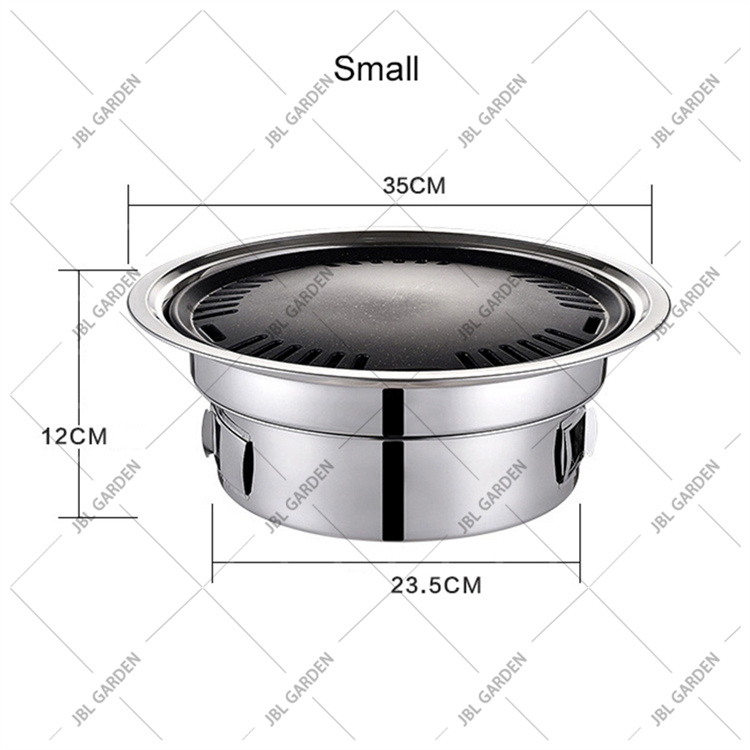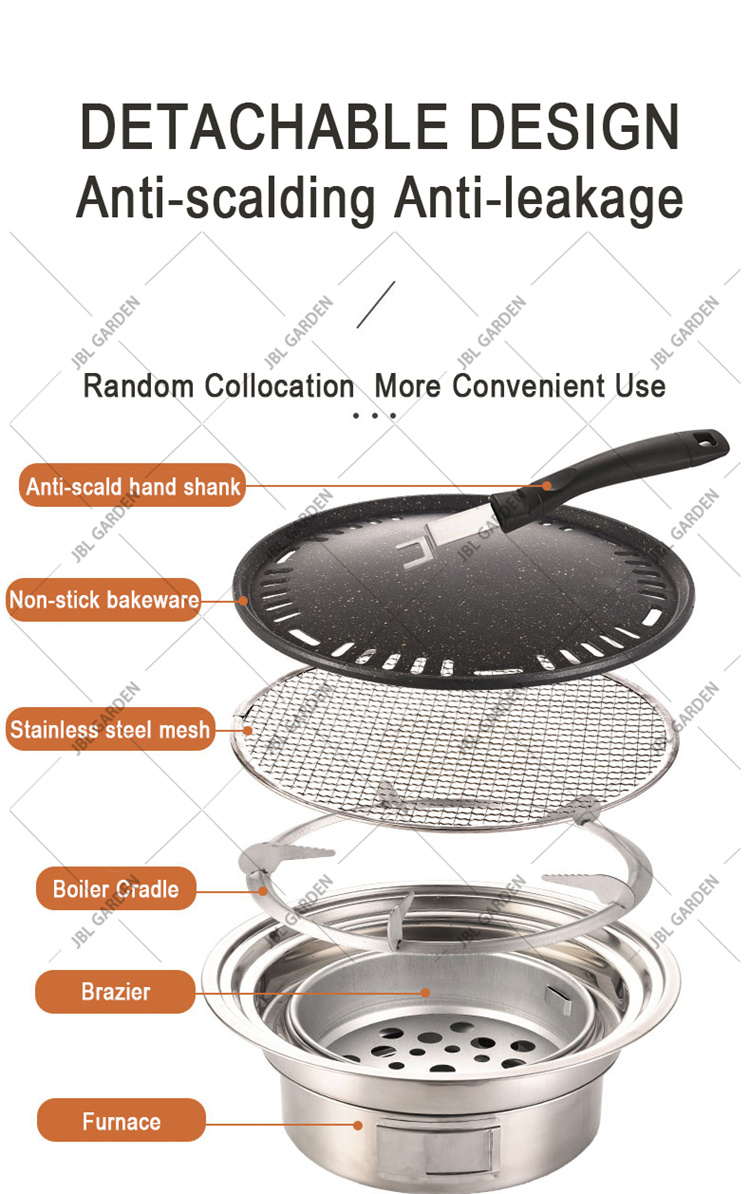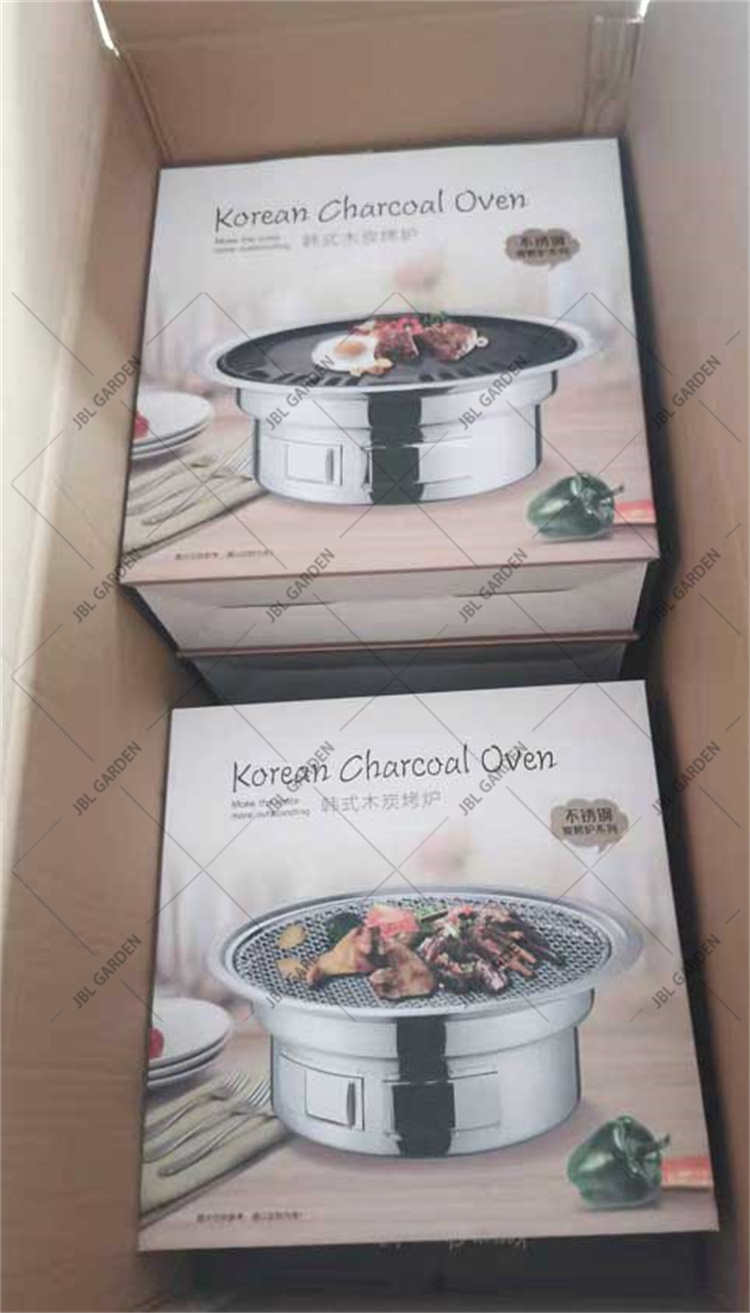The gravure printing plate is divided into etching plate making, electric engraving plate making and laser making plate making.
Corrosion platemaking was first adopted. It is a positive image film wrapped on a roller that has been coated with a photosensitive resin, and exposed to light and then exposed to corrosion by a high-pressure mercury lamp or xenon lamp. Its advantages are that the dot shape is U-shaped, the depth of the pit is basically the same, the amount of ink sucked is good, and the ink layer on the ground is even and thick. However, its level is not rich enough and the degree of refinement is not good.
The electric engraving plate was raised in China in the early 1990s. It is made by engraving directly on a copper plated roller with a sculpting needle. Originally, the positive film was scanned and then sculpted. Now it has been developed directly using PS files for filmless engraving. Its advantage is that the image is structured and the degree of detail is high, and it is easier to realize seamless connection plate making. However, the dot shape is V-shaped. The depth of the pit varies with the size of the dot and the angle of the engraving needle. The ink absorption is not as good as the etching plate. The fine text version is prone to break, break or misrepresent when printing. Hairless phenomenon.
Laser engraving fully combines the advantages of the first two methods of plate making. It is first engraved on the drum with a laser, and then etched again to ensure that the dots are intact.
My company does not have laser plate making, but only corrosive plates and electric engraving plate production lines, so I am not always satisfied with the handling of small texts. Can we use the combination of corrosion and electric carving to avoid the defects of the two and improve the plate-making quality of the small text version? We have conducted some explorations in practice.
Not long ago, my company received a batch of cigarette corklets and drug packs, which consisted of many small words. Requires seamless connection, clear edges, thick printing ink, and high print resistance. From this point of view, from the point of view of the plate making process, it is best to use laser plate making because the processing of fine text is a disadvantage of electric engraving plates and etching plates. Due to the need to ensure a greater resistance to printing forces, the thickness and hardness of the chrome layer of the steel roll must be appropriately increased, which will further increase the defects of the electroforming plate and the etching plate.
We first experimented with electro engraving. In order to prevent the occurrence of stroke breaks, we made some improvements to the process when we carved the plates. Instead of using 120° or 130° needles that are commonly used, we use the 90° angled needle, which is the smallest angle, to increase the depth of the pit. However, since the shape of the electric engraving dot is V-shaped, the depth is reduced after the thick chromium plating, and the gravure ink itself has a large graininess, so that the ink either cannot completely enter the net pit or is not transferred well, and there is still a broken stroke. In the circumstances, the printed version does not meet the requirements of the customer.
After that, we experimented with corrosion plate making. Increase the fineness of the text by increasing the number of screens in the positive graph. However, we found that too small net walls were extremely unstable during exposure. When the net walls collapsed and the net pits became smaller, paste sheets and texts appeared imaginary, and the printing plates could not meet the needs of customers.
In the case of unsuccessful trials of both platemaking processes, we referenced the laser engraving process and tried to use a combination of electric engraving and etching. First, when the drum is plated with copper, the hardness and thickness required by the electroplating process are performed. After completion, a layer of chromium is directly plated on the copper tube for about one minute (normal chrome plating is about 30 minutes), and at the same time, it is adjusted to lower Chrome hardness. In this way, a protective film is added on the surface of the copper plating roller for corrosion, and the surface of the copper plating roller to be engraved is not too hard. Since the chromium layer is thin, its thickness has negligible effect on the shape and depth of the etched network pit. The engraving uses a 90° angled carving pin, which is then sent to an etching tank for etching. The principle of this kind of process is: using electric carving to carry out the engraving of words, and then expanding the V-shaped dots of the electric carving into U-shaped dots by means of corrosion, so as to increase the ink absorption of the cells and increase the ink transfer. rate. The finer texts produced by this process are relatively clear, the ink layer is thick, and the seamless joints are complete, but there are still partial walls. We carefully measured the width of the net wall at the 100% mesh point of the corroded film and the width of the mesh wall at the 100% mesh point under normal conditions. It was found that the same was 70 lines/cm, and there was a difference of more than ten micrometers. Therefore, we adjusted the parameters of the electric engraving to make the two widths as close as possible, thus effectively avoiding the occurrence of the wall inversion phenomenon. In the end, the printing plates we produced reached the quality requirements of our customers and successfully completed this batch of products.
From the production process of these batches of jobs, we can see that we must carefully analyze customer's platemaking requirements when formulating the gravure platemaking process, fully understand the capabilities of our company's equipment and technological conditions, and be familiar with various technological principles, and be flexible. According to the product to develop the process.
The final explanation is that even though we use the combination of corrosion and electric engraving to meet the customer's requirements, the quality of our products still falls short of laser engraving. In terms of this product, laser engraving can be described in the form of a half dot on the edge of the small text, and the electric carving can only be accomplished by reducing the dot.




